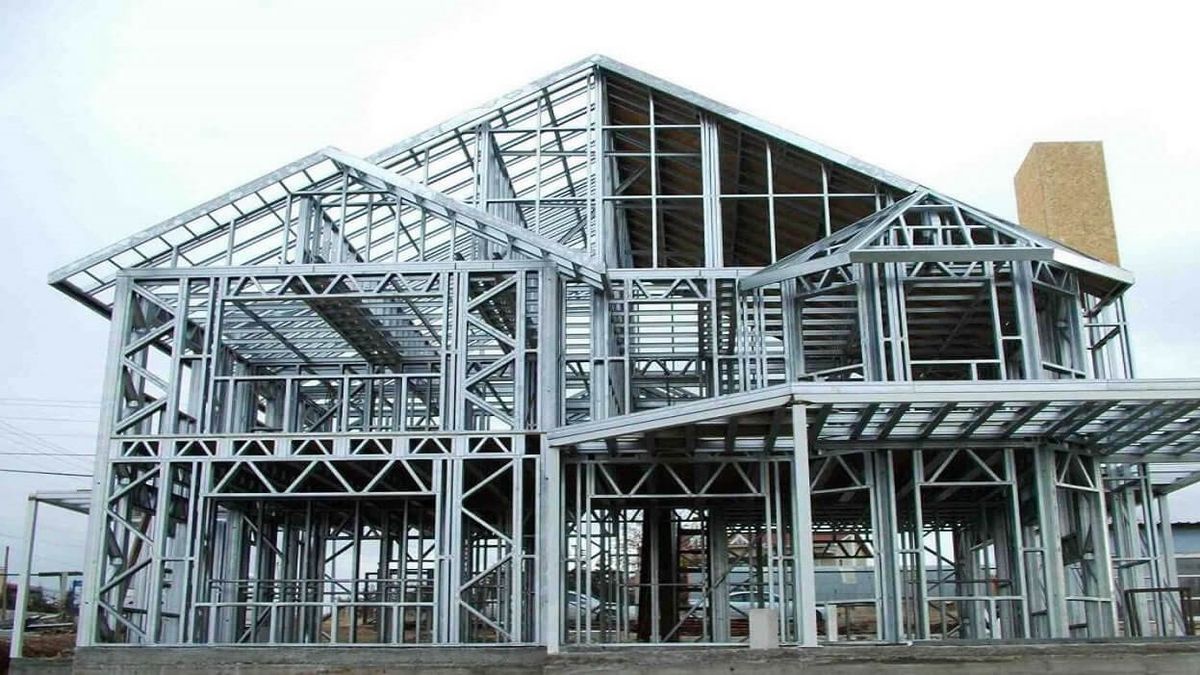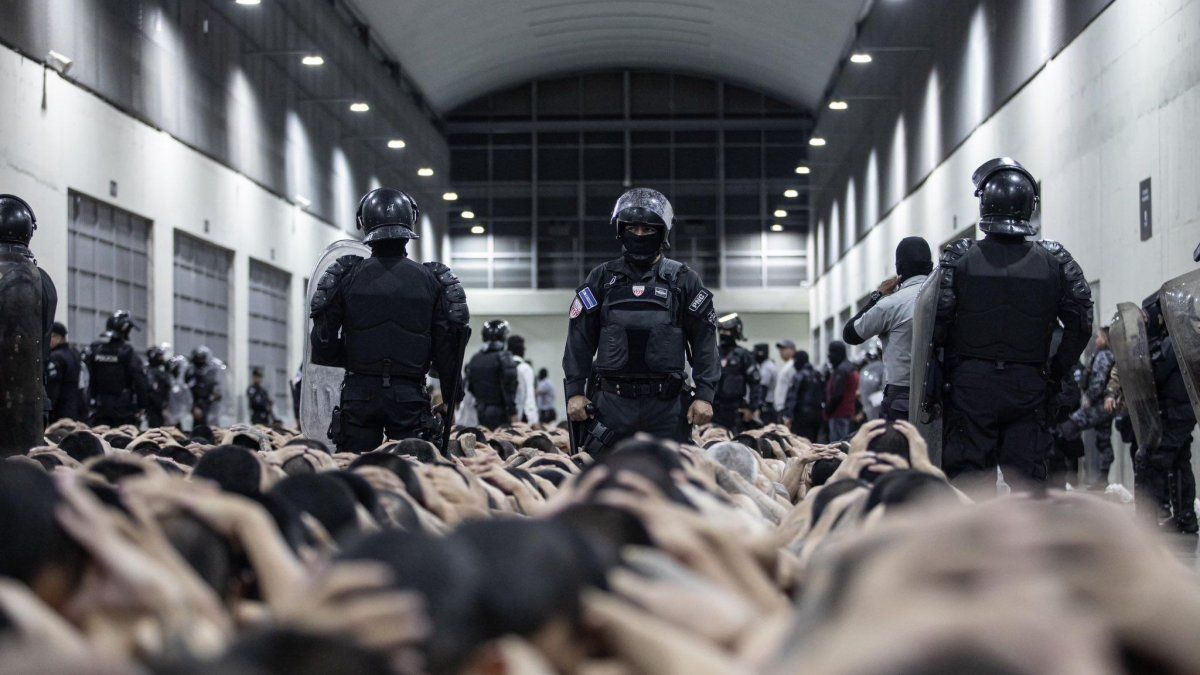This method of building buildings has benefits such as less time in the execution of the work and energy savings, among many others.
Raise a property under the modality of dry constructionor steel framing, became a trend. Due to its speed, versatility and efficiency, the method is widely chosen by those looking to build their home or expand it.
The content you want to access is exclusive to subscribers.
“Between the years 2005 and 2023, steel framing, a structural variant of the dry constructiongrew more than 91% while the construction sector in general grew 18.7%. This shows that the system grows faster than construction does at a rate of 9% annual average,” explained Francisco Pedrazzi, president of the Institute of Dry Construction (INCOSE).


The demand is active and although the method is present throughout the country, there are places with greater interest. “In cold and cold-temperate zones, the development of steel framing is greater, precisely due to the advantage of providing thermal insulation that is not achievable with construction damp in reduced wall thicknesses. In these areas, along with those that are difficult to access, steel framing is the practically unique construction system,” said Pedrazzi.
How much does it cost to build a house
Although it is difficult to establish a price, since they vary according to the characteristics of each house, you can have an approximation. “With this dollar, where the blue is almost equal to the official one, prices can vary from US$950 for gray work to US$500 for finished work. In any case, it depends a lot on the project,” explained Ariel Sueiro, technical manager of Adeiro. Architecture. “Now, projects that had been stopped due to the crisis of the first semester are resurfacing. In addition, the mortgage loans, which are granted at the beginning of the work, are putting more pressure on these construction systems,” he explained.
“Building with steel framing costs the same as building wet, speaking of direct costs (materials and labor), but there is a substantial reduction in indirect costs related to the duration of the work. Additionally, the operating costs of the homes are reduced due to the energy savings that building with this method entails,” said Pedrazzi.
It is surprising how quickly a life can be raised with the construction dry. It is estimated that a two-story house can take between 90 to 110 days, which is why this type of construction became so popular.
Benefits of dry construction
There are multiple advantages that this system brings, both in time and energy savings and in caring for the environment. Next, Pedrazzi pointed out the benefits.
- It allows a reduction in energy consumption in heating and conditioning due to thermal insulation. Savings can be up to 60%.
- Steel Framing load-bearing structures are completely safe, since they are verified under CIRSOC Regulation 303. In addition, the profiles do not burn or add fuel when a fire spreads in a home.
- The profiles are not attacked by termites, and are not vulnerable to attack by any type of fungus or organism, including mold.
- Steel Framing structures have better structural behavior against earthquakes due to their reduced weight.
- It is a system that guarantees less construction time and allows the building or interior remodeling to be available sooner, something essential in rental, commercial and institutional properties.
- The structure is durable. The tests carried out indicate a useful life of more than 300 years.
- Steel Frame constructions are anchored to the ground, and cannot be moved without completely compromising their structure, coatings and plates. Because of this, they are considered real estate and are eligible for mortgage loans.
- As in the case of a home made with bricks, the resale value is linked to the age and state of conservation of the property. A Steel Frame home that has similar maintenance levels and time to a brick home will have a similar resale value.
- Unlike many other building materials, all steel products, including Steel Framing and drywall profiles, contain a percentage of recycled steel. In Argentina this percentage is today 16%, reaching 90% in other countries. Recycling allows us to reduce CO2 emissions in manufacturing.
- The steel in the profiles is 100% recyclable, meaning that at the end of the useful life of the construction, it is fully recovered. Part of it can be reused, and the rest is recycled, since there are established circuits for recovering steel scrap.
- The manufacturing and installation of profiles for dry construction consume a very small percentage of the total energy of the life cycle of a home; the vast majority is consumed through heating and cooling, lighting, and food preservation.
- The insulating materials of dry construction provide exceptional protection against heat loss and cooling to homes, increasing their energy efficiency.
- Dry systems allow an average reduction in the carbon footprint of a construction of 47% compared to its wet variant, only in the production stage. This value increases significantly if emissions during the useful life are considered due to energy savings from heating and air conditioning. This reduction is due not only to emissions during manufacturing, but the reduced weight of the materials involved implies fewer emissions during transport. Reducing CO2 emissions helps mitigate climate change.
Source: Ambito
David William is a talented author who has made a name for himself in the world of writing. He is a professional author who writes on a wide range of topics, from general interest to opinion news. David is currently working as a writer at 24 hours worlds where he brings his unique perspective and in-depth research to his articles, making them both informative and engaging.




